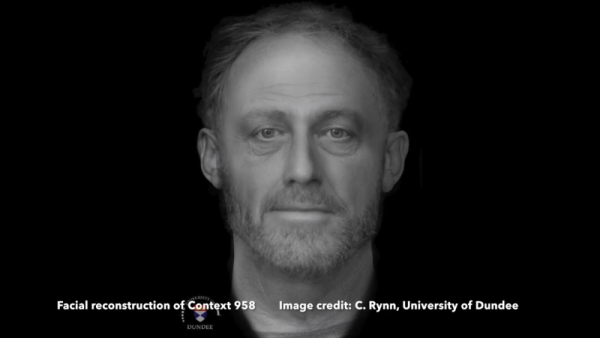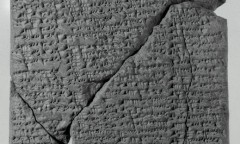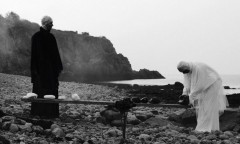By KM Diaz, | March 24, 2017

The skeleton of the particular man studied by the scientists was named Context 958. They estimated the pelvic bones and archaeologists presumed that he was around the age of 40 when he died.
Scientists brought back to life a 700-year-old medieval man using reconstructive technology.
The remains of the medieval man was discovered in a graveyard beneath the Old Divinity School building of St. John's College at the University of Cambridge in the United Kingdom buried along with hundreds of others. The medieval man believed to have existed about 700 years ago. Scientists studied his features and biological history to reconstruct his face once again to understand how people live during the 13th century.
Like Us on Facebook
As per the lead researcher and professor of archaeology at the University of Cambridge, John Robb, most of the historical records were from well-off people. That's why the skeletons recovered were reconstructed to learn how poor people lived.
The skeletons found in St. John's were mostly impoverished adults in which their burials ranged between 13th to 15th centuries. The graveyard was attached to charitable foundations and hospitals for poor and infirm during those times.
The skeleton of the particular man studied by the scientists was named Context 958. They estimated the pelvic bones and archaeologists presumed that he was around the age of 40 when he died. The cheekbones, jaw, and skull were further analyzed to understand the specific details of Context 958's facial structure.
His backbone, on the other hand, showed that he had joined hard labor causing him to have possible chronic back pain and herniated vertebrae. However, the researchers were unsure about the profession of the medieval man but assume that he was a craftsman or laborer.
Robb noted about the interesting feature of Context 958. His diet was mostly rich in meat or fish which implies that he was in the trade that's why he has access to these foods. But, he had fallen on hard times, it might be due to ailment which restrains his ability to resume his work.
There are also indications of tooth decay which cleared out multiple molars and blunt-force trauma at the back of the Context 958 head. The researchers concluded that the medieval man likely went through a tough life.
Robb and his team will compare the reconstructed face of the medieval man to other skeletons found in the graveyard. The comparison may help the researchers to humanize medieval citizens as people with different life stories and experiences.
-
Use of Coronavirus Pandemic Drones Raises Privacy Concerns: Drones Spread Fear, Local Officials Say

-
Coronavirus Hampers The Delivery Of Lockheed Martin F-35 Stealth Fighters For 2020

-
Instagram Speeds Up Plans to Add Account Memorialization Feature Due to COVID-19 Deaths

-
NASA: Perseverance Plans to Bring 'Mars Rock' to Earth in 2031

-
600 Dead And 3,000 In The Hospital as Iranians Believed Drinking High-Concentrations of Alcohol Can Cure The Coronavirus

-
600 Dead And 3,000 In The Hospital as Iranians Believed Drinking High-Concentrations of Alcohol Can Cure The Coronavirus

-
COVID-19: Doctors, Nurses Use Virtual Reality to Learn New Skills in Treating Coronavirus Patients













